Let’s be frank: the one time that you’ll need to pull out your firearm in self-defense will be a time that’s not perfect. You’ll be tired. You’ll be hungry. You’ll be distracted because you’re running late. It will be raining. You’ll be asleep at home.
Or it will be dark, and it will be the one time that you weren’t paying as close attention to your surroundings as you should.
That’s the kind of situation that a criminal looks for: when someone is not ready.
Because of that, there’s a good chance that you’ll have to pull and use your firearm in a low light situation.
But you’re training for all of those unusual situations that might happen, right?
Hopefully, so, but if not, there is information that you can use to prepare for low light shooting situations. Kevin Creighton writes,
Let’s start with the obvious: Some form of tactical flashlight is an absolutely essential part of your personal security gear. They are useful in so many ways besides self-defense and can be carried into locations where any sort of “weapon” would be strictly off-limits. A flashlight helps you find your way to your car at night, and it can help you find your car keys if you’ve dropped. If you carry a gun and don’t carry a flashlight, change that right now. It’s that important.
Creighton continues:
At first glance, a weapon-mounted light would solve many of these problems [of warning would-be attackers that you are aware of your surroundings and of unintentionally shooting someone because you thought that they were someone else). It’s right there on your gun, pointed in the same direction your muzzle is pointing. However, as you move through your home to see what that bump in the night was, that light and the muzzle of your gun are going to be pointed at some things you probably don’t want to shoot. Keep your gun at low ready or some other safe direction, and either use the spill from a weapon-mounted light that’s pointed in a safe direction or use a separate flashlight to find your way around. A weapon-mounted light is there to light up something you know is a target. It should not be pointed at something that isn’t a target.
A good low light shooting drill to practice this scenario would be to move through your house at night with a “blue gun” [tactical training pistol, i.e. not a live firearm] and a flashlight and see how this affects your perception. Objects that are unnoticed and unobtrusive in the daylight can suddenly cast hard shadows and conceal ambush spots when lit up with a flashlight at night.
This is great advice. Why? Because the first thing that becomes difficult in low light is that your perceptions of what is happening around you are altered. You need to practice seeing what is really going on using the tools (or, in the case of the gun, a simulation of the tool) that you’ll be using. Remember, perfect practice is what makes perfect action.
Remember, in your self-protection training, you need to think about the scenarios, the situations that criminals look for so that they can commit their crimes, and, then, you need to train for handling those situations if you’re unable to avoid them completely.
When you do that, the life that you save may be your own.

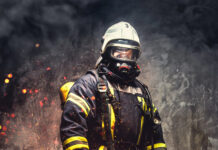
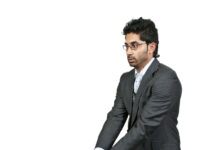







![What Level Holster Should You Be Using? [Video]](/wp-content/uploads/2024/04/Depositphotos_44548439_S-218x150.jpg)
![How Many Shots Will It Take? [Video]](/wp-content/uploads/2025/06/Depositphotos_2724272_S-218x150.jpg)

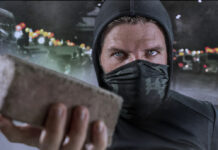
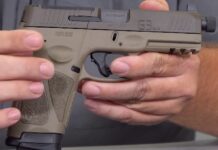


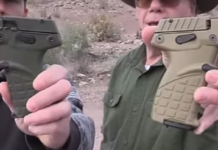



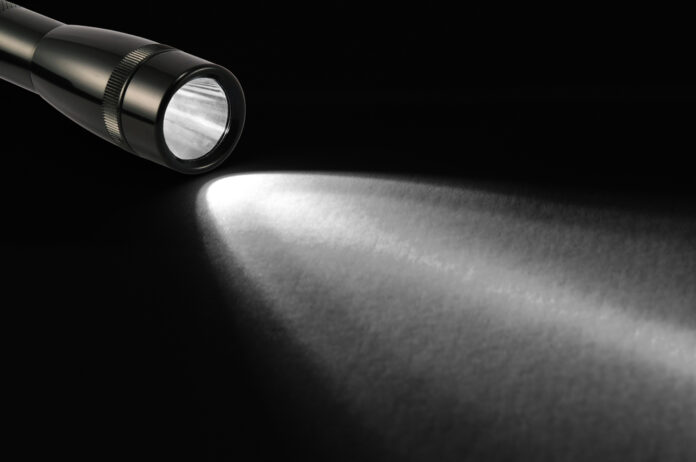


![Did 1 Anti-2A Governor Video Himself Breaking Gun Laws? [Video]](/wp-content/uploads/2022/07/Depositphotos_522130216_S-100x70.jpg)

![What Will Happen If Your Ammunition Burns In A House Fire? [Video]](/wp-content/uploads/2023/02/Screenshot-2023-02-20-12.06.14-PM-100x70.png)





![Optic Ready vs Milled slides? [Video]](/wp-content/uploads/2024/02/image-3-100x70.png)
![[Checklist] What Gear You Need To Take Pistol, Rifle & Shotgun Training Courses [Video]](/wp-content/uploads/2023/07/Depositphotos_275087632_L-100x70.jpg)
![What is in Carter’s 2023 EDC? [Video]](/wp-content/uploads/2023/07/Depositphotos_146856137_L-100x70.jpg)


